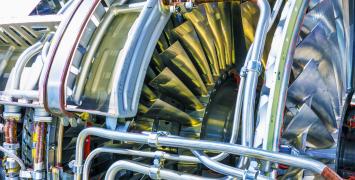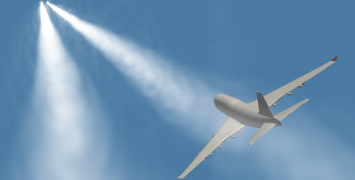Mimicking nature to create new super materials
Nature is a major source of inspiration for scientists. ERC grantee Giulia Lanzara is one of them. The unique sensing and shaping abilities of birds, dolphins and other living creatures inspired her to engineer novel multifunctional materials which could make a difference in a wide variety of industrial fields.
There are many examples of animals that use their senses to heighten their abilities or that adapt their shape in response to external stimuli. Birds can control their wing configuration, even their feathers, to better adapt to flight conditions. Dolphins shape their skin to reduce the pressure and friction of water and swim faster. Such examples could be useful for the development of so-called morphing materials - materials that can change shape and still return to their initial form. There has been extensive research into morphing materials, but, so far, currently available ones are lacking sensitivity, adaptability and robustness, with high production prices.
Supported by the ERC, Dr Lanzara and her team propose an ambitious approach of integrating materials with non-invasive light-weight sensors and electronic networks to create innovative composites. These will be able to sense and adapt to their environment. Their research has already shown promising results with the design of innovative smart components and materials that can be used individually or in conjunction to deliver unprecedented material functionalities. For instance, electrospinned miniaturized distributed artificial muscles and nanostructured sensors are embedded into a specially designed carbon fiber composite that is capable to autonomously change shape, rigidity and damping in response to thermal stimuli. Self-activating morphing cellular coatings and nanocomposite thin films, have also been implemented for highly insulating and damping purposes. These smart materials could be used, for example, in aircraft wings, providing improved, efficiency, control and strength in order to save fuel, but also ensuring quieter landings and reducing turbulence.
The team hopes to pave the way towards a new generation of bio-inspired materials and open new research paths with the potential to revolutionize the design, testing and production in areas such as aeronautics, automotive, electronics and medical devices.
Giulia Lanzara is Assistant Professor at Roma Tre University (Italy), and Director of the Multifunctional Materials Laboratory. She previously spent six years at the Department of Aeronautics and Astronautics at Stanford University (USA). She is specialized in the development of novel morphing materials taking inspiration from nature. This is also the topic of her ERC Starting Grant, awarded in 2012. This research will revolutionize aircrafts design and flights concept.






